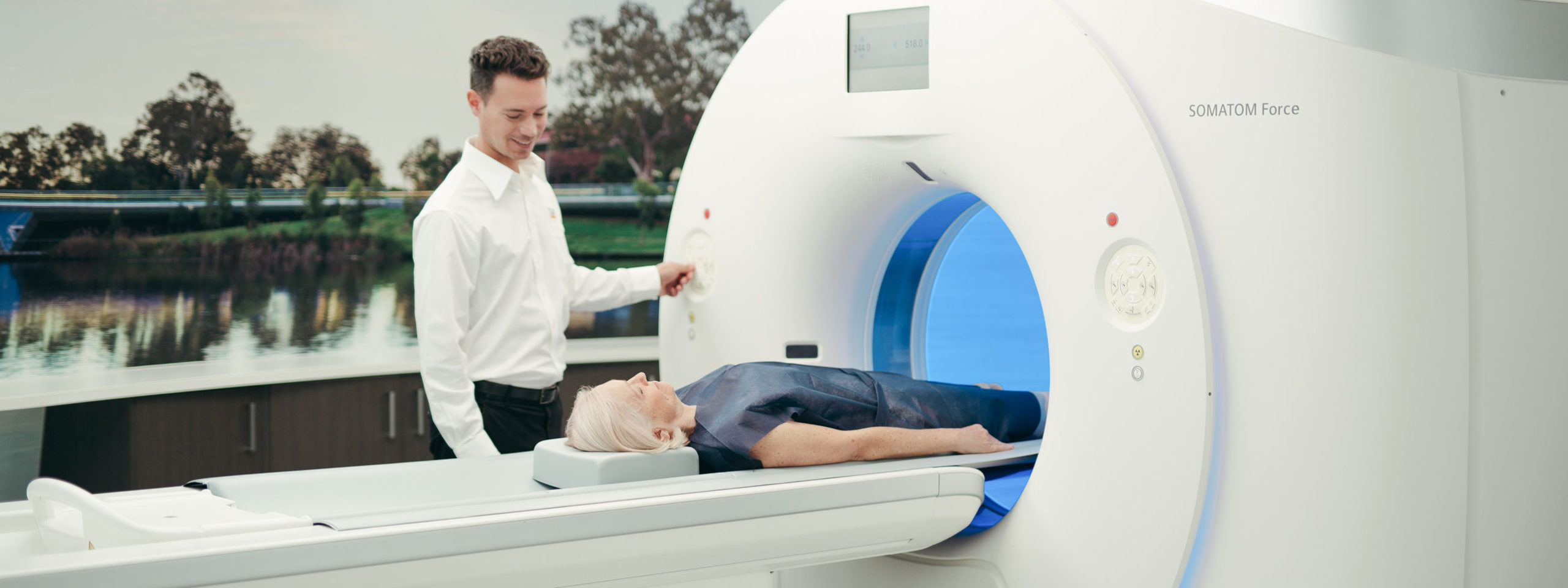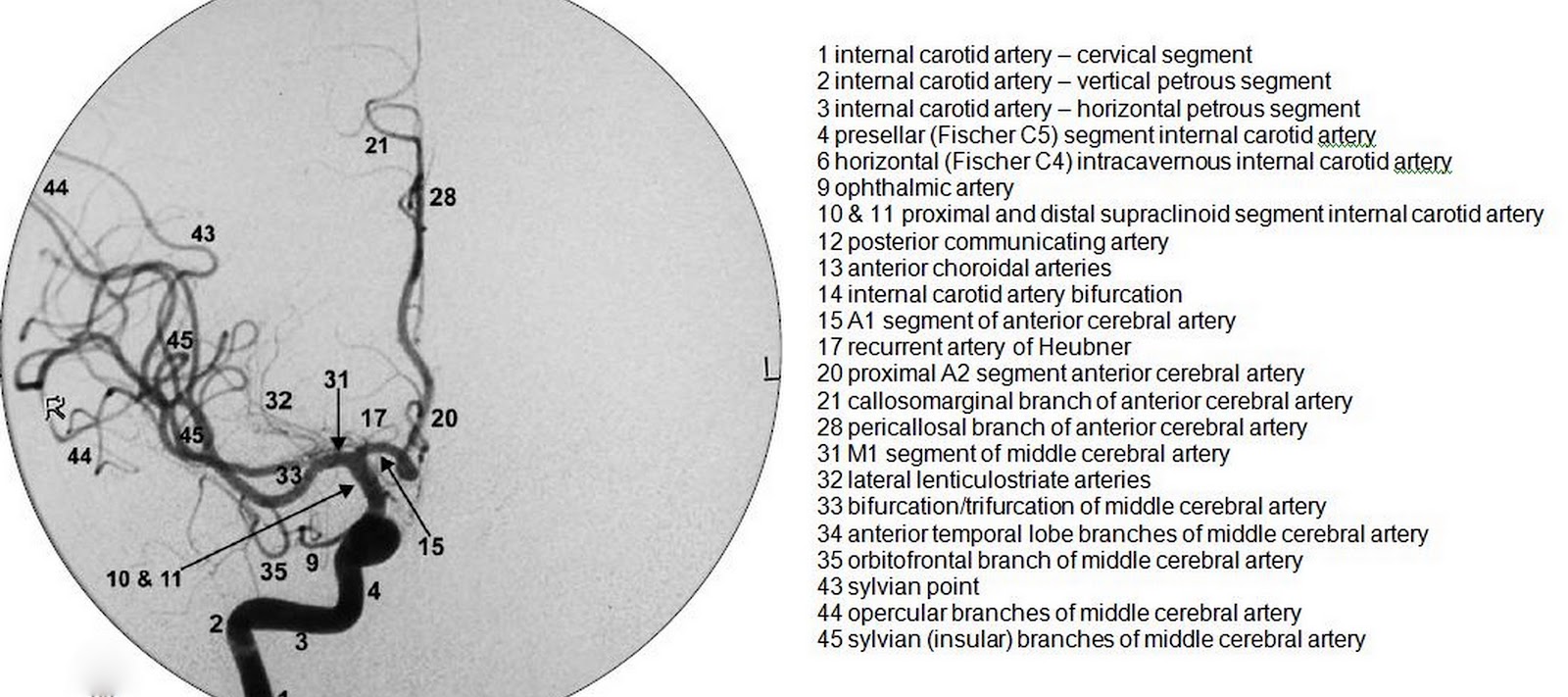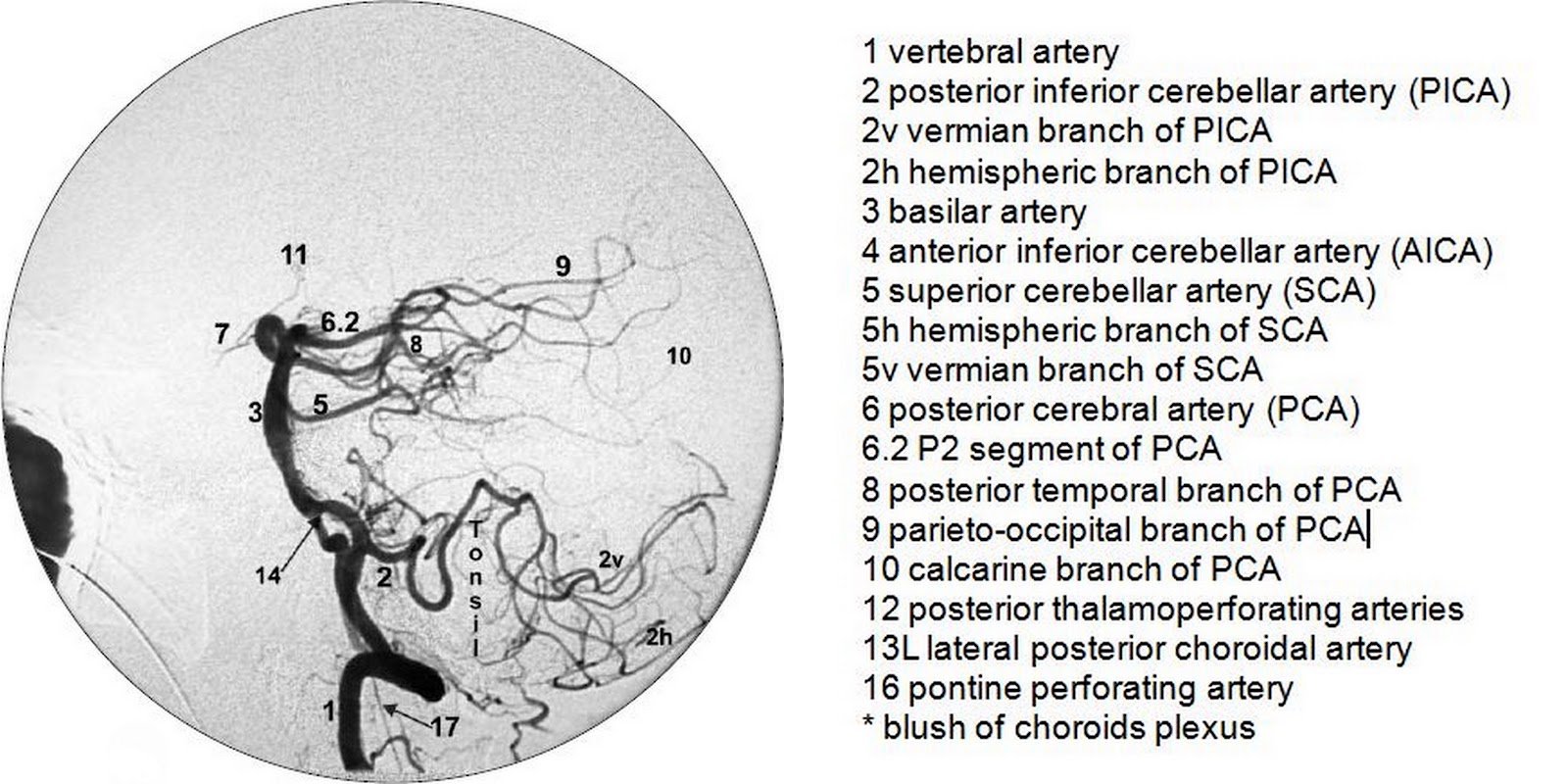
An angiogram is an x-ray that can show blood vessels. A specialist doctor called a neuroradiologist injects a dye (contrast medium) and then takes x-ray images of your brain. They look at your brain on the x-ray screen to see:
- which blood vessels supply the tumour
- if the tumour is near any major blood vessel
This test is also called cerebral angiography.
Why you might have it
You might have a brain angiogram if:
- your tumour is growing very deep inside your brain
- you have a type of brain tumour called meningioma
Preparing for your brain angiogram
You usually go into hospital on the morning of your test.
Medicines
Take your medicines as normal unless your doctor tells you otherwise. If you take medicines to thin your blood, you might need to stop these before your angiogram. Your doctor will tell you when to stop them.
Tests
You may have some tests before the brain angiogram. These might include a blood test and a heart trace test (ECG). Your doctor or nurse will explain the tests you need.
Eating and drinking
You usually have a local anaesthetic. But some people may need to have this test under a general anaesthetic. This means that you can’t eat or drink for a few hours before the test. Your appointment letter will tell you exactly when to stop eating and drinking. This is usually about 6 hours.
What to expect
When you arrive at the scan department
You have the angiogram in the x-ray department.
First you need to put on a hospital gown and remove any jewellery, hair clips and makeup. Then your nurse or doctor might put a small tube (cannula) into a vein in the back of your hand. This is so they can give you a sedative to make you sleepy if you need to.
Having the brain angiogram
Your nurse takes you to the x-ray room and helps you lie on your back, on an x-ray table. The doctor or nurse drapes some sterile covers over you before they start, this helps to prevent an infection. They might put your head in a special headrest.
The neuroradiologist cleans the area at the top of your thigh (groin) and gently gives you a local anaesthetic. This might sting at first but it will quickly numb the area.
They will then pass a very thin plastic tube (a catheter) into a large blood vessel in your groin and thread it up into the blood vessels that supply your brain.
When the tube is in the right place the doctor injects the dye (contrast medium). They then take x-ray images of your brain.
You need to stay very still, but the test shouldn’t hurt. It takes about an hour in total.
After your test
The doctor removes the cannula from your groin and presses firmly on this area for about 10 minutes. This is to stop it bleeding.
You might feel a bit drowsy from the anaesthetic or sedation afterwards.
You go back to the ward and lie down for a few hours after the test. This is usually between 4 and 6 hours. They will check the injection site in your groin to see if there is any bleeding or swelling. You will have a dressing over the site.
In some hospitals, you need to stay overnight. This is so your nurse can check your blood pressure and look for any signs of bleeding. In other hospitals, you may be able to go home later on the same day if you are feeling well.
Going home
Take it easy and avoid anything strenuous for 48 hours after your angiogram. Your doctor or nurse will let you know how best to look after your injection site.
You go back to the ward and lie down for a few hours after the test. This is usually between 4 and 6 hours. They will check the injection site in your groin to see if there is any bleeding or swelling. You will have a dressing over the site.
In some hospitals, you need to stay overnight. This is so your nurse can check your blood pressure and look for any signs of bleeding. In other hospitals, you may be able to go home later on the same day if you are feeling well.
Going home
Take it easy and avoid anything strenuous for 48 hours after your angiogram. Your doctor or nurse will let you know how best to look after your injection site.
Possible risks
A brain angiogram is a relatively safe procedure. Your doctor or nurse will tell you who to contact if you have any problems afterwards. They will make sure that the benefits of having a brain angiogram outweigh these possible risks.
Bleeding from the injection site
This is very rare. If there is heavy bleeding, put pressure on the area and go to your nearest accident and emergency (A&E) department.
Lump or bruising
It’s normal to have a small lump and some bruising on the injection site. If the lump gets bigger or your leg starts to feel numb, go to your nearest A&E department.
Reaction to the dye
Rarely, people have an allergic reaction to the dye (contrast medium). Tell your doctor or nurse immediately if you have weakness, sweating and difficulty breathing. They can give you medicine.
A stroke
The risk of a stroke is rare but it is serious. Your neuroradiologist will talk you through the risks of a stroke with a brain angiogram. Ask them any questions that you may have.
Getting your results
You should get your results within 1 or 2 weeks.
Waiting for results can make you anxious. Ask your doctor or nurse how long it will take to get them. Contact the doctor who arranged the test if you haven’t heard anything after a couple of weeks.
You might have contact details for a specialist nurse who you can contact for information if you need to. It may help to talk to a close friend or relative about how you feel. You may want them to go with you to get the results for support.
Possible risks
A brain angiogram is a relatively safe procedure. Your doctor or nurse will tell you who to contact if you have any problems afterwards. They will make sure that the benefits of having a brain angiogram outweigh these possible risks.
Bleeding from the injection site
This is very rare. If there is heavy bleeding, put pressure on the area and go to your nearest accident and emergency (A&E) department.
Lump or bruising
It’s normal to have a small lump and some bruising on the injection site. If the lump gets bigger or your leg starts to feel numb, go to your nearest A&E department.
Reaction to the dye
Rarely, people have an allergic reaction to the dye (contrast medium). Tell your doctor or nurse immediately if you have weakness, sweating and difficulty breathing. They can give you medicine.
A stroke
The risk of a stroke is rare but it is serious. Your neuroradiologist will talk you through the risks of a stroke with a brain angiogram. Ask them any questions that you may have.
Getting your results
You should get your results within 1 or 2 weeks.
Waiting for results can make you anxious. Ask your doctor or nurse how long it will take to get them. Contact the doctor who arranged the test if you haven’t heard anything after a couple of weeks.
You might have contact details for a specialist nurse who you can contact for information if you need to. It may help to talk to a close friend or relative about how you feel. You may want them to go with you to get the results for support.






